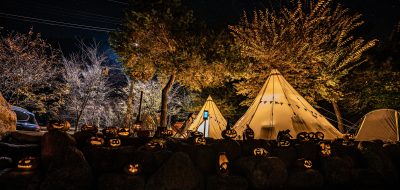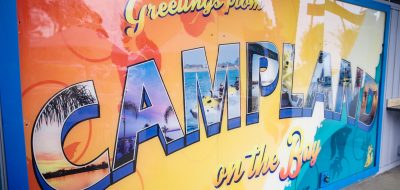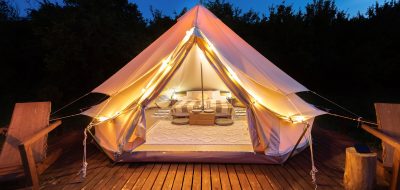Texas Spoken Friendly
As the temperature dips and the colder months loom, sun-loving snowbirds are getting ready to head to warmer locales.
Most snowbirds congregate in one of two areas: Coastal Bend—the Rockport-Fulton-Port Aransas-Corpus Christi corridor; and from South Padre Island and neighbor Port Isabel to the Rio Grande Valley from Brownsville to Mission and the Mexico border.
In other parts of the country they are known as snowbirds, but in Texas—a state famous for adding its unique flair—migrating Snowbirds have been dubbed “Winter Texans”.
Coastal Bend
As the state’s second-most popular vacation area (San Antonio is first), the Coastal Bend attracts between 5 and 6 million visitors annually and is the winter home for many RVers.
Located halfway between Houston and Brownsville, Corpus Christi bills itself as the “Sparkling City by the Sea.”
“Corpus”, as the locals call it, is a vibrant and attractive city that’s home to a number of excellent visitor attractions, including the Texas State Aquarium and USS Lexington Museum.
Texas State Aquarium’s focus is on native marine life that calls the Gulf of Mexico home. Nearby, within walking distance, is the 910-foot-long, 16-deck aircraft carrier, the USS Lexington. Enjoy a self-guided tour aboard this floating museum.
The bayfront is bounded by a spectacular two-mile seawall with stairs leading into the water, and several marina operations that offer sailing, dolphin watching, and deep-sea fishing.
The city encompasses part of the Great Texas Birding Trail and is a neighbor to the Padre Island National Seashore, the longest barrier island in the U.S. Visitors can enjoy the outdoors almost year-round here, for Corpus averages 255 days of sunshine a year.
A causeway crosses to Padre and Mustang islands with a road leading into Padre Island National Seashore, a stretch of undeveloped coast extending about 70 miles.
Just 30 minutes northeast of Corpus, lies Rockport—a enchanting village of fishing trawlers, bait shops, art galleries, charter boats, quaint shops, seafood markets and restaurants, and birds.
Rockport-Fulton is surrounded by the sparkling waters of Copano and Aransas bays and nestled among ancient, wind-swept oaks.
The Aransas National Wildlife Refuge, 36 miles northeast of Rockport, is known for its whooping cranes. Famed as the principal wintering ground for the whooping crane, the refuge is on a broad peninsula about 12 miles across the bay northeast of Rockport.
Port Aransas, a quaint fishing village on the Gulf of Mexico, is located on the northern tip of Mustang Island, across from Corpus Christi Bay. Mustang Island, which got its name from the wild horses that once roamed the island, is an 18-mile stretch of clean, sandy beach offering visitors birding, shelling, fishing, beach combing, surf fishing, and just plain relaxation.

Searching for the endangered whooping cranes at their wintering grounds, the Aransas National Wildlife Refuge. © Rex Vogel, all rights reserved
While visitors can get from Port Aransas (known locally as “Port A”) via Highway 361 from Padre Island, the most scenic and enjoyable way is by ferry, which operates 24-hours-a-day. The gliding and diving of the pelicans and the seagulls provide entertainment during the short ride.
Worth Pondering…
Wasn’t Born in Texas, But Got Here as Fast as I Could
If you enjoyed this article, you might also wish to read
Snowbird destinations: Texas, Part 2







texas campgrounds
It is the best place for camping.It offers exciting activities, ranging from fishing in Buffalo willow pond. Swimming in their 40-foot-by-110-foot pool or playing basketball or volleyball with a few friends. Other activities include flying kites or walking on the one-mile nature trail. Campground facilities include restrooms, showers, a great playground for the kids.
Pingback: Snowbird destinations: Texas | Woodall's Campgrounds, RV Blog and … | Michael H Spieles On Today's Camping